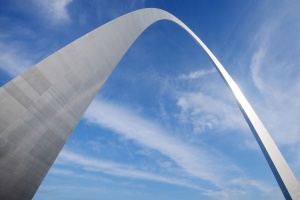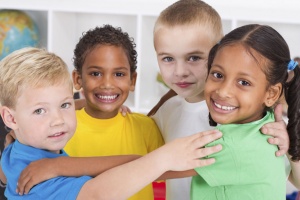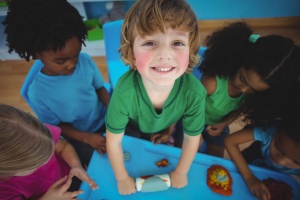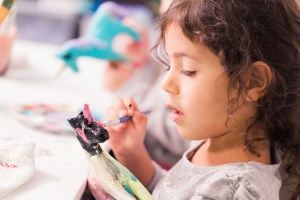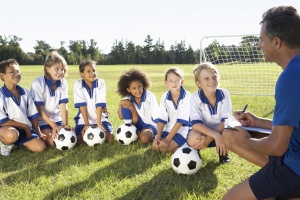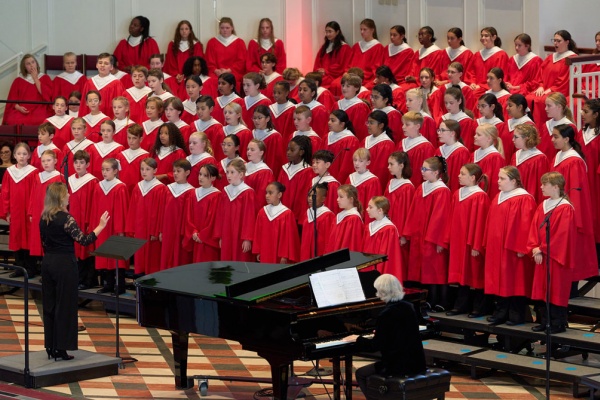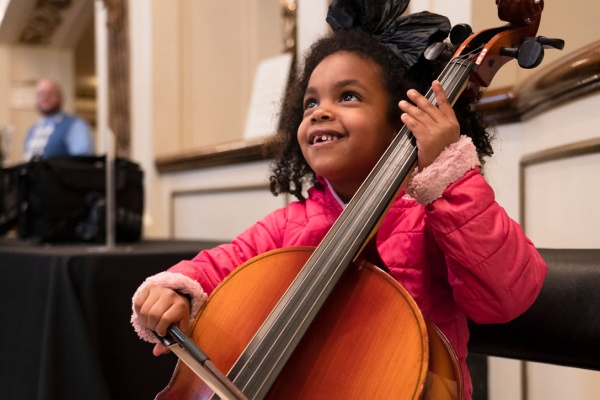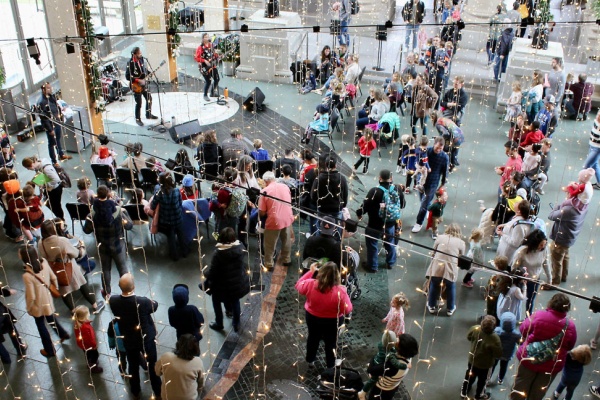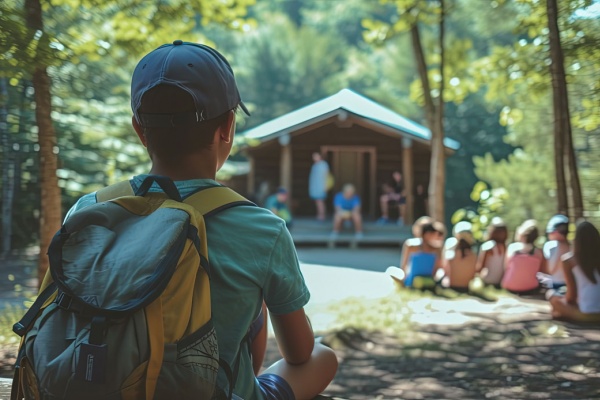
Start at your library
Your preschooler can stack 'em up and knock 'em down! They'll explore their inner artist as they explore the third dimension with a variety of blocks at this free workshop.
Enjoy an evening packed with science experiences for the whole family.
It's time to have some ishy, squishy science fun and get messy at this free workshop for ages 3-6.
Preschoolers can use their imaginations and make music with all sorts of fun objects at this free workshop.
Kids will journey into the realm of animals with zoo naturalist Dianne Moran and live animals to enhance the experience.
Kids can learn how a botanist works as they use tools to dissect flowers and explore how flowers benefit the world.
Make your own custom fidget spinners from a variety of household materials at this free workshop for all ages.
